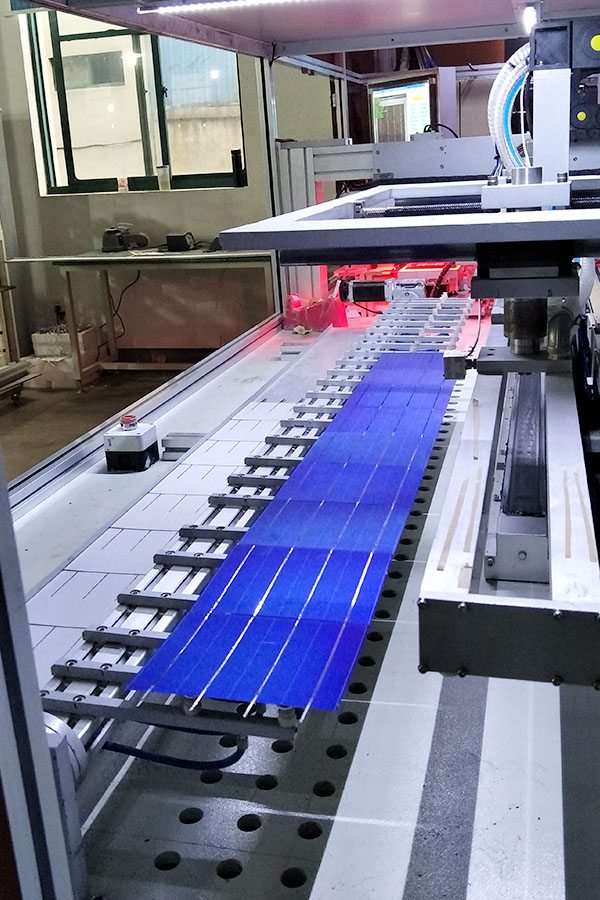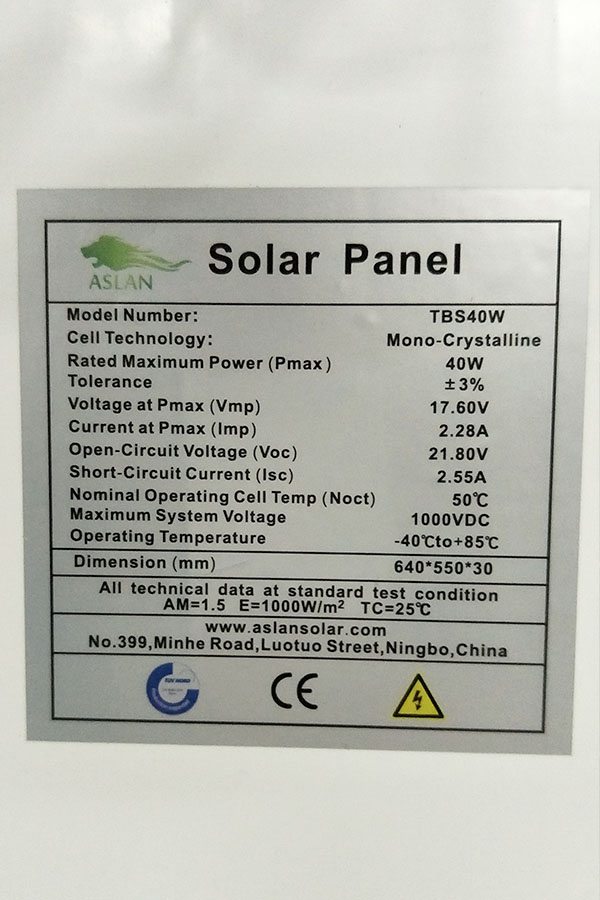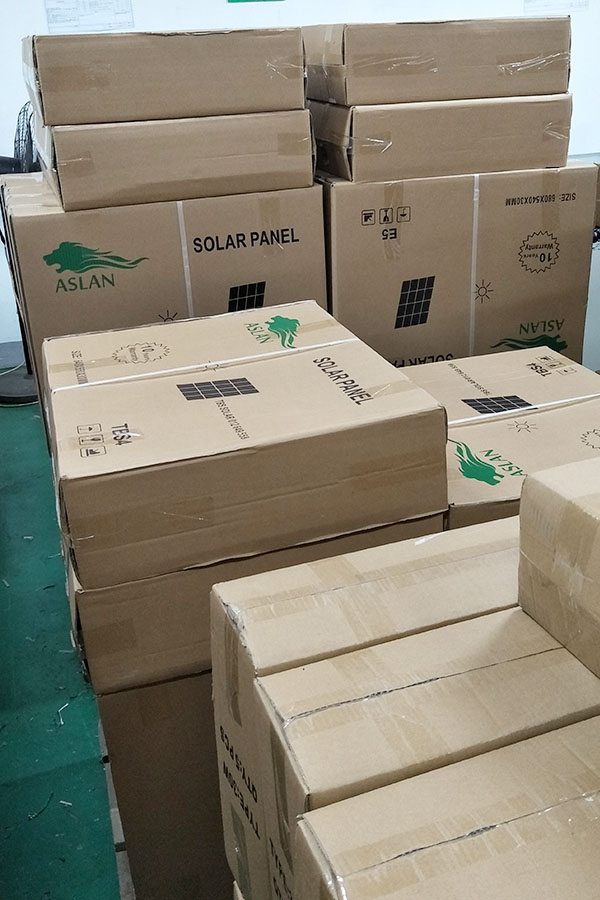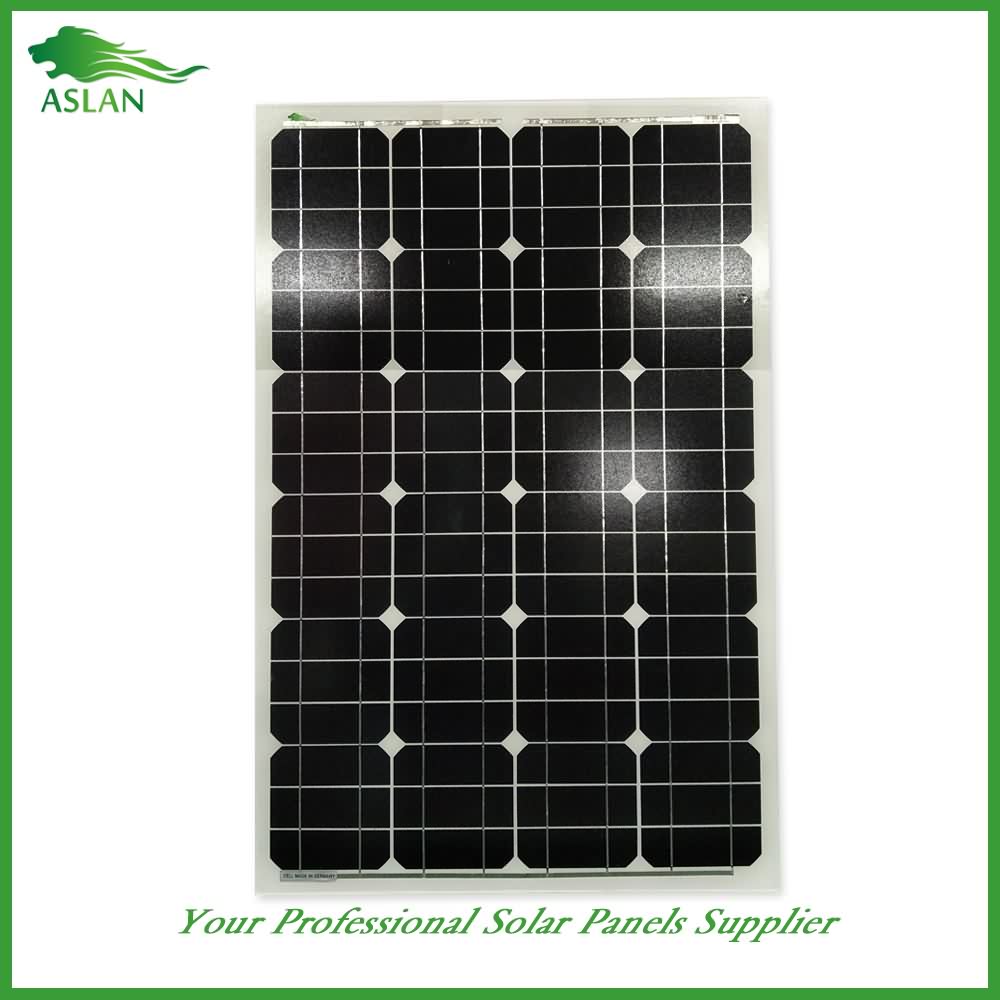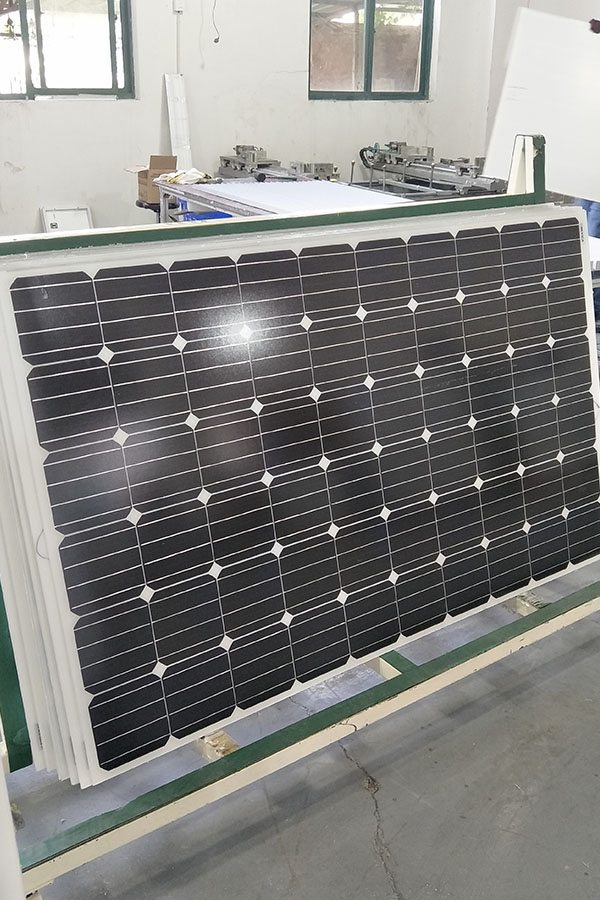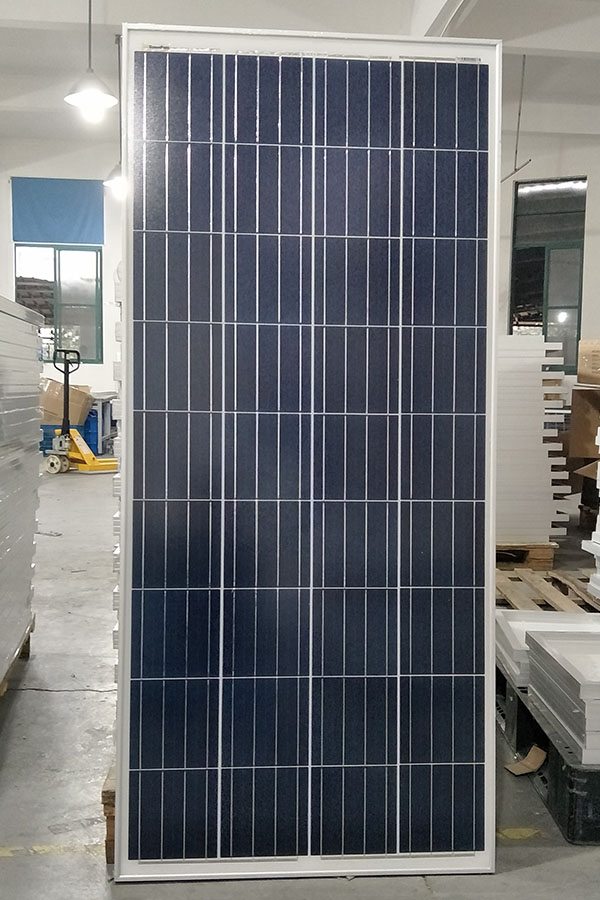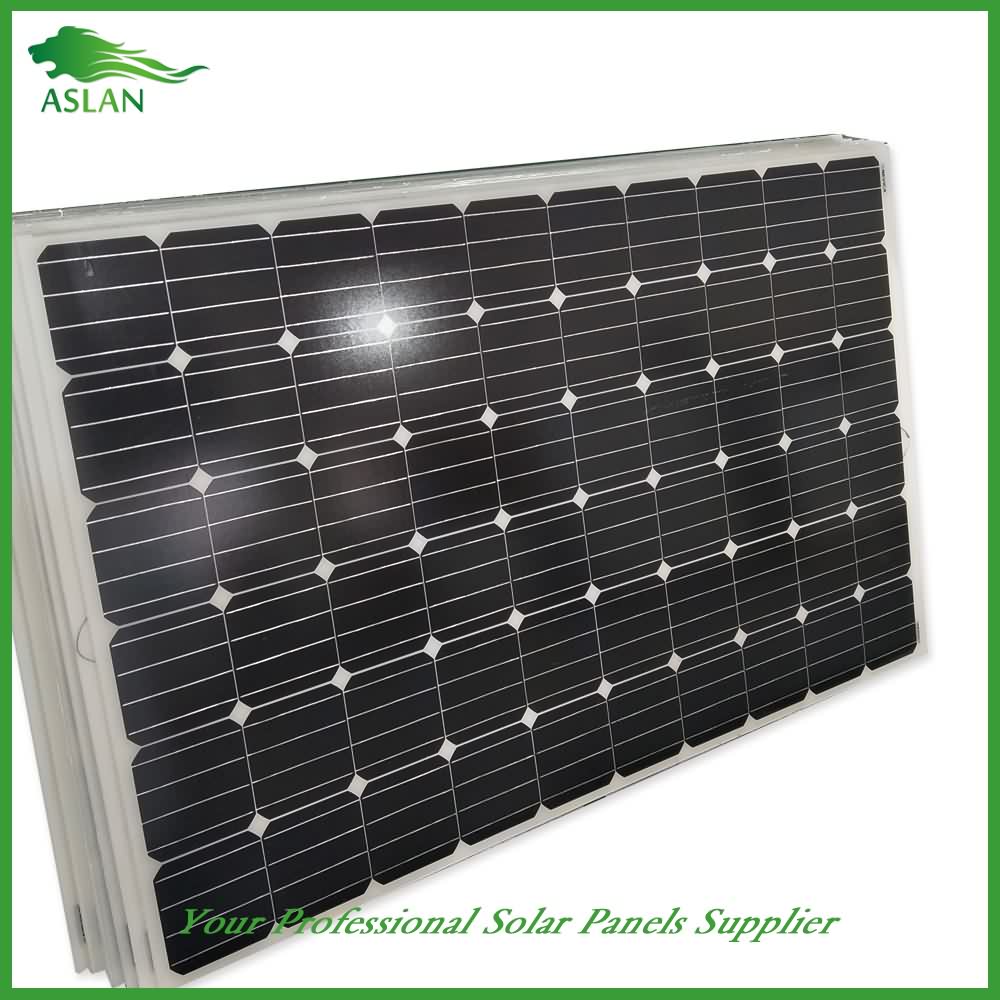Free sample for Poly-crystalline Solar Panel 40W for New Zealand Factories
Short Description:
we can offer high quality products, competitive price and best customer service. Our destination is "You come here with difficulty and we give you a smile to take away" for Free sample for Poly-crystalline Solar Panel 40W for New Zealand Factories, If you are interested in any of our products or would like to discuss a custom order, please feel free to contact us.
Poly-crystalline Solar Panel 40W
Technical parameter
Maximum Power(W) 40W
Optimum Power Voltage(Vmp) 17.35V
Optimum Operating Current(Imp) 2.31A
Open Circuit Voltage(Voc) 21.16V
Short Circuit Current(Isc) 2.53A
Mechanical Characteristics
Cell Type Polycrystalline 156 x 52mm
No of Cell 36 (4x9pcs)
Dimensions 670x420x30mm
Weight 4.0Kg
Front Glass 3.5mm,High Transmission, Low Iron,Tempered Glass
Junction box IP65 Rated
Output Cable TUV 1×4.0mm2/UL12AWG,Length:900mm
Temperature and Coefficients
Operating Temperature(°C): -40°C ~ + 85°C
Maximum System Voltage: 600V(UL)/1000V(IEC) DC
Maximum Rated Current Series: 15A
Temperature Coefficients of Pmax: -0.47%
Temperature Coefficients of Voc: -0.389%
Temperature Coefficients of Isc: 0.057%
Nominal Operationg Cell Temperature (NOCT): 47+/-2°C
Materials of solar panel
1).Solar Cell——Polycrystalline solar cell 156*52mm
2).Front Glass——-3.2mm, high transmission, low iron, tempered glass
3).EVA——-excellent anti-aging EVA
4).TPT——-TPT hot seal made of flame resistance
5).Frame——anodized aluminum profile
6).Junction Box——-IP65 rated, high quality, with diode protection
Superiority: high quality anodized aluminum frame, high efficiency long life, easy installation, strong wind resistance, strong hail resistance.
Features
1. High cell efficiency with quality silicon materials for long term output stability
2. Strictly quality control ensure the stability and reliability, totally 23 QC procedures
3. High transmittance low iron tempered glass with enhanced stiffness and impact resistance
4. Both Poly-crystalline and Mono-crystalline
5. Excellent performance in harsh weather
6. Outstanding electrical performance under high temperature and low irradiance
Quality assurance testing
Thermal cycling test
Thermal shock test
Thermal/Freezing and high humidity cycling test
Electrical isolation test
Hail impact test
Mechanical, wind and twist loading test
Salt mist test
Light and water-exposure test
Moist carbon dioxide/sulphur dioxide
I pay $25 a month to charge my Tesla – and my electricity bill is only $10 a month. You heard it right, folks. Thanks to solar power and electric vehicle ownership, my electric bill is less than the cost of lunch.
Last video, we talked about the cost of owning a Tesla. This time around, we’re looking specifically at the cost of charging a Tesla. I live in sunny San Diego, California, and my home is outfitted with solar panels. Thus, keeping my electricity bills and my EV charging costs low. While this isn’t the case for everyone, the overall data does make solar energy an attractive option to power a Tesla.
The cost to charge my Tesla offers interesting insight into solar power technology and how it can benefit Tesla owners. While getting started with solar energy to power your home– and car – may seem intimidating, overall the annual savings will curb your fear.
As a Tesla owner, I’m not only saving by charging my EV by the sun, but I’m also receiving a federal tax credit by utilizing the alternative energy source. Additionally, I’m keeping my Tesla charging costs low by charging my EV during off-peak hours (midnight to 5am).
When looking at how much I’m spending to charge my Tesla, I wanted to see my savings by not having to gas up. As I mentioned, I’m spending about $25 a month to charge my Tesla. If I owned a traditional vehicle, I’d be spending about $92 a month on gas. While the $66 monthly savings doesn’t seem like that much, annually I’m saving almost $800 – which over 25 years is almost $20,000.
If this video doesn’t get geeked about buying – or owning – a Tesla, I hope it at least got you thinking about solar power. While it’s not free, it can help you save on your electricity bills. And, if you’re a Tesla or electric vehicle owner, the cost to charge your car.
As always, for the latest Tesla news visit or subscribe: https://teslanomics.co
As mentioned above, check our last video for more information on Tesla ownership costs: https://www.youtube.com/watch?v=Jsc-46mty0c
You can also dive even deeper into Tesla costs here: https://docs.google.com/spreadsheets/d/11Hp3ja0zYj4jGUjGJALiVZ-EiFdLQ2gPNCgRK9rdslk/edit#gid=0
I got my fuel cost numbers from: https://www.gasbuddy.com/
Teslanomics.co is on social and Patreon, too. Join the conversation:
P: https://teslanomics.co/patreon
FB: https://fb.com/teslanomics
T: https://twitter.com/teslanomicsco
In this video I am showing the latest price or 150W and 300W solar panels which are commonly used now a days. Prices are at the local market and your local market price may vary a little. But this video will provide you a guide line before going for a panel or a complete solar system.

